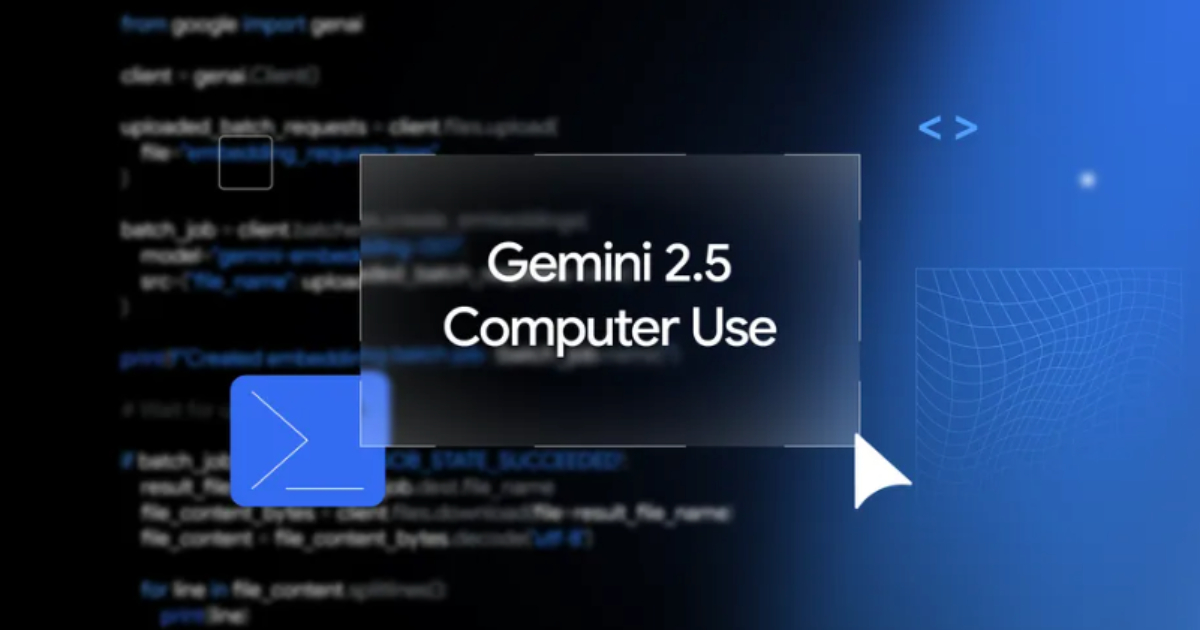Codetown
Codetown ::: a software developer's community
Sending strings between two computers via ethernet
A while ago I asked a question about using RS-232 communication with Java. It seems as though I need to abandon that route because it no longer fits the desired system requirements. Thanks to Nem for his advice on that one.
Now what I need to be able to do is send and receive strings between two computers connected via a network hub. The computers in use would not be connected to the outside world and would only be communicating with each other at this point.
I need to be able to send a string like "auto" terminated with a carriage return when a button on a GUI is pressed by the user. The GUI would then need to get back a string like "ok" or "err" also followed by a carriage return.
I am sure that I am making this much harder than I need to, so if anyone can help out it would appreciated. For some reason I am having a lot of trouble absorbing how to use Java, so any help or explanations need to be in beginner terms.
Thanks.
Tags:
Replies to This Discussion
-
Permalink Reply by Paul Stearns on October 5, 2011 at 10:20am
-
Thanks, I will check those out.
Thanks again for the help.
- ‹ Previous
- 1
- 2
- Next ›
Notes
Welcome to Codetown!
 Codetown is a social network. It's got blogs, forums, groups, personal pages and more! You might think of Codetown as a funky camper van with lots of compartments for your stuff and a great multimedia system, too! Best of all, Codetown has room for all of your friends.
Codetown is a social network. It's got blogs, forums, groups, personal pages and more! You might think of Codetown as a funky camper van with lots of compartments for your stuff and a great multimedia system, too! Best of all, Codetown has room for all of your friends.
Created by Michael Levin Dec 18, 2008 at 6:56pm. Last updated by Michael Levin May 4, 2018.
Looking for Jobs or Staff?
Check out the Codetown Jobs group.
InfoQ Reading List
The New Data Commons MCP Server Unlocks a Wealth of Public Datasets for AI Developers

Google has recently introduced the Data Commons Model Context Protocol (MCP) Server, a tool that enables AI developers and researchers to easily access the public dataset collection available through Data Commons.
By Sergio De SimoneGoogle DeepMind Launches Gemini 2.5 Computer Use Model to Power UI-Controlling AI Agents

Google DeepMind has recently released the Gemini 2.5 Computer Use model, a specialized variant of its Gemini 2.5 Pro system designed to enable AI agents to interact directly with graphical user interfaces. The new model allows developers to build agents that can click, type, scroll, and manipulate interactive elements on web pages.
By Robert KrzaczyńskiCombining Continuous Delivery with Pair Programming: Lessons Learned

Pair programming and continuous integration can go hand-in-hand. Pushing to main multiple times a day is hard in isolation, leading to delays, large PRs, and merge issues, Ola Hast and Asgaut Mjølne Söderbom mentioned in their talk about continuous delivery with pair programming at QCon London. Pairing enables instant code review, easier refactoring, fewer bugs, and higher team resilience.
By Ben LindersAzure Container Storage v2.0.0 Goes GA with Major Performance Boost

Microsoft has released Azure Container Storage v2.0.0, introducing significant performance enhancements and architectural simplifications for stateful workloads on Azure Kubernetes Service (AKS). The release focuses on deeper NVMe integration, streamlined user experience, and expanded open-source availability, while removing all service fees beyond underlying storage costs.
By Claudio MasoloIBM Releases Granite-Docling-258M, a Compact Vision-Language Model for Precise Document Conversion

IBM Research has recently introduced Granite-Docling-258M, a new open-source vision-language model (VLM) designed for high-fidelity document-to-text conversion while preserving complex layouts, tables, equations, and lists.
By Robert Krzaczyński
© 2025 Created by Michael Levin.
Powered by
![]()